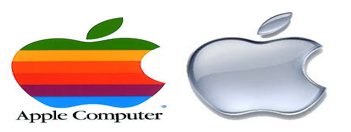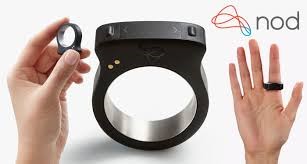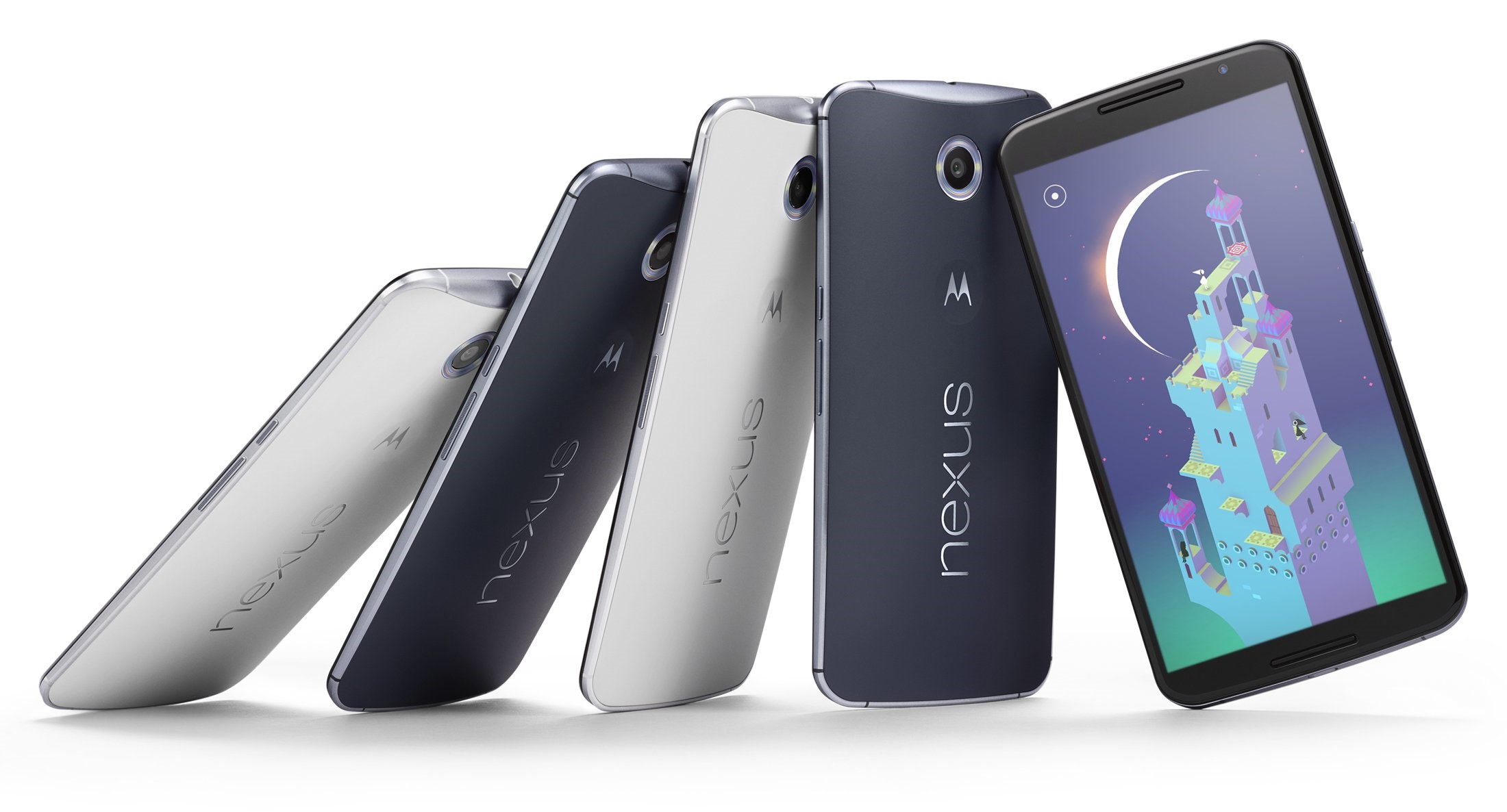“Success through Rebranding”
Contemplating a rebranding venture is not at all uncommon. The decision to consciously overhaul a company’s image is of utmost importance, and one that many businesses’ find themselves actively considering.
Oftentimes, a company in its infancy will base their image and branding identity on their initial vision and expectations for the business. As time passes however, the preliminary model changes to fit the organic evolution and trajectory of the developed establishment. Rebranding a business that has outgrown its original shell, so to speak, serves to better connect with prospective consumers and educate them about the company’s current services and culture. Two exemplary instances include a globally recognized logistics company and a tech empire with a cult following.
The image of a humble brown package atop a shield represented the United Parcel Service for over forty years. Initially, the UPS branding concept was a concise way of presenting the company and their available services. UPS does, after all, deliver packages, and a shield is a terrific way to indicate security- something very valuable to an industry that handles personal and commercial commodities. Over time however, UPS had grown to encompass much more than just simple parcel delivery. With a global logistics outreach and an extensive and growing line of supply chain capabilities, the company decided it was time their brand reflected their competences. The newly minted logo, revealed in 2003 removed the outdated parcel, a direct reflection of the increased array of services offered by the company. Their signature colors and shield were retained, but delivered in a more modern and polished “package”. UPS also changed their slogan from “Moving at the speed of business” to “What can brown do for you?“ which once again clearly and strongly stated that the company was no longer a one trick pony. Scott Davis (former CFO), confirmed that the UPS rebranding effort was a success, reporting a 13% increase in earnings and crediting the rebrand initiative for the growth in profit.
It would be remarkably challenging to locate someone who couldn’t recognize Apple’s logo branding. Prior to 1997 however, the new iconic and globally recognized symbol was drastically different. In an upheaval of antiquated imagery, a polished, futuristic finish was introduced- invoking a modern feel, indicative of progress and innovation. In an effort to diversify the company’s interests and offerings, the ancillary ‘Apple Computer’ was removed from the logo altogether. The detachment of the word ‘computer’ expressed Apple’s desire to escape creative confinement and focus on innovation. It was a seemingly foretelling decision, as Apple’s rebranding helped usher in products such as the iPhone, iPod, Apple Watch, etc. and with it, a whole new dawn of hand held and wearable technology.
At times, the need to rebrand is not fueled by a business outgrowing their brand, but rather, an organic decline in brand status and sales.
Though Reebok sports apparel and equipment enjoyed a period of immense popularity in the early 1990’s, a gradual downward spiral began to occur with the commercial successes of rival company’s like Nike and Puma. After being acquired by Adidas in 2005, Reebok continued its trend of lackluster sales. In an effort to save its investment, Adidas launched a Reebok rebranding campaign that was designed to refocus the brand on fitness, rather than sports.
Reebok’s new logo reformatted the three well-known stripes in order to adapt the company’s new Delta “symbol” which represents three states of being- physical, mental and social. In addition, the business very publicly began to endorse and align itself with Crossfit, a current and very prominent fitness regimen. With their new vision and alliance, Reebok quickly saw the fruits of their labor, boasting a 9% growth and 22% sales increase within just months of the rebrand.
Sometimes, a company’s image is tarnished through one or more events. Whether an internal faux pas, or some unforeseen external force, the damage to a business can be profound. A rebranding effort in these instances can be a wise agent to symbolize change, create positive image association and cultivate/recapture loyalty. In July 2014 for example, McDonalds announced plans to rebrand in response to a steady decline in sales. During the past few years, consumers in general have increasingly shown a greater response and demand for gourmet, healthy food alternatives- a trend that the fast food giant cannot afford to ignore.
Reasoning aside, rebranding a business provides an opportunity to refocus, refresh and capture new markets and consumers. With a proper vision and the right partners, a company can successfully build a brand that captivates and flourishes.







Tell us your thoughts in the comments